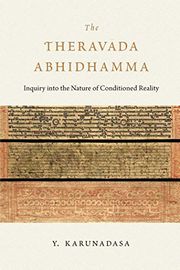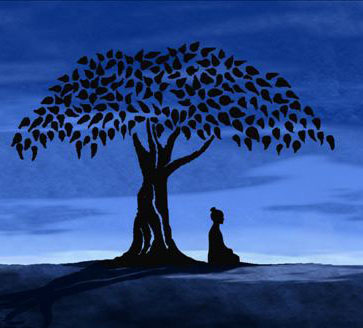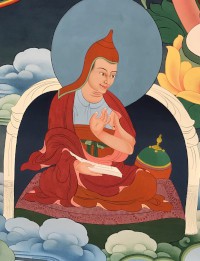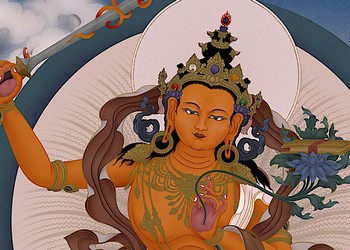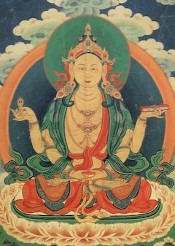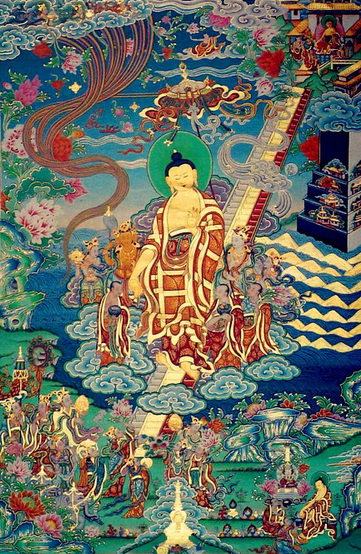The renowned Sri Lankan scholar Y. Karunadasa examines Abhidhamma perspectives on the nature of phenomenal existence. He begins with a discussion of dhamma theory, which describes the bare phenomena that form the world of experience. He then explains the Abhidhamma view that only dhammas are real, and that anything other than these basic phenomena are conceptual constructs. This, he argues, is Abhidhamma’s answer to common-sense realism—the mistaken view that the world as it appears to us is ultimately real.
Among the other topics discussed are
- the theory of double truth (ultimate and conceptual truth),
- the analysis of mind,
- the theory of cognition,
- the analysis of matter,
- the nature of time and space,
- the theory of momentary being, and
- conditional relations.
The volume concludes with an appendix that examines why the Theravada came to be known as Vibhajjavada, “the doctrine of analysis.”
Not limiting himself to abstract analysis, Karunadasa draws out the Abhidhamma’s underlying premises and purposes. The Abhidhamma provides a detailed description of reality in order to identify the sources of suffering and their antidotes—and in doing so, to free oneself.
Amazon: https://www.amazon.com/Theravada-Abhidhamma-Inquiry-Conditioned-Reality/dp/1614294534
